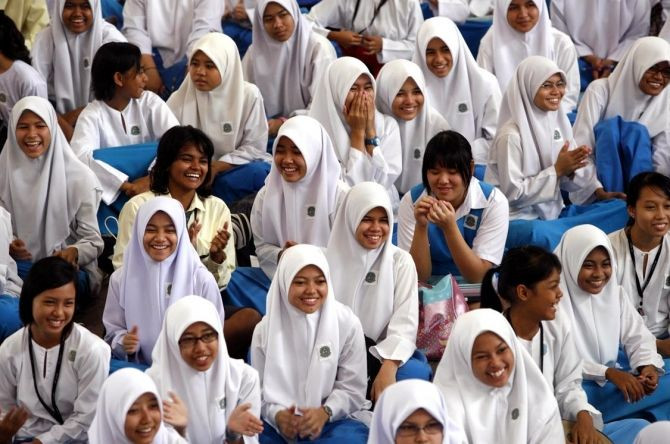Multi-Cultural Environments Alter Racially Unique Facial Recognition Techniques

Researchers have found more information suggesting that people living in multi-cultural environments process information for recognizing faces differently than people who live in places where there is one predominant race or ethnicity.
It has long been known that individuals are better at recognizing faces that are of their own race or ethnicity, but researchers have only recently begun to break down the differences in the way people of different ethnicities process facial information for recognition.
Researchers from the University of Nottingham have found that Malaysian Chinese individuals use a recognition technique that differed from both “Westerners” and “Mainland Chinese” with a “unique looking pattern”, and they say this finding was probably “due to the multicultural nature of the country”.
Previous studies at Glasgow University in Scotland showed that Asians from mainland China use more holistic recognition techniques for facial recognition than Westerners, according to researchers.
Chrystalle Tan, a PhD student at the University of Nottingham said that traditionally it has been thought that people recognize faces by looking in turn at each eye and then the mouth.
However, previous studies found that the Chinese focus more on the center of the face located in the nose area, Westerners focus more on a triangular area between the eyes and mouth and the British born Chinese use a combination of Chinese and Western techniques by fixating predominantly around either the eyes and the mouth or at the nose.
Tan said that the western strategy could be useful in populations where hair and eye color vary dramatically.
Nottingham University researchers wanted to examine whether exposure and familiarity with other cultures affects recognition accuracy and eye movement strategies.
Tan and her research team used specialized eye tracking technology to explore the visual strategies used to recognize faces. The study looked at 22 Malaysian Chinese student volunteers and showed that the participants used a “unique mixed strategy” by focusing on the eyes and nose more than the mouth.
“This combination of Eastern and Western looking patterns proved advantageous for Malaysian Chinese to accurately recognize Chinese and Caucasian faces,” Tan said.
"We think that people learn how to recognize faces from the faces that they encounter. Although Malaysia is an East Asian country its ethnic composition is highly diverse. The intermediate looking strategy that Malaysian Chinese use allows them to recognize Western faces just as well as Asians," Dr. Ian Stephen, study supervisor and expert on face processing said in a statement.
Published by Medicaldaily.com



























